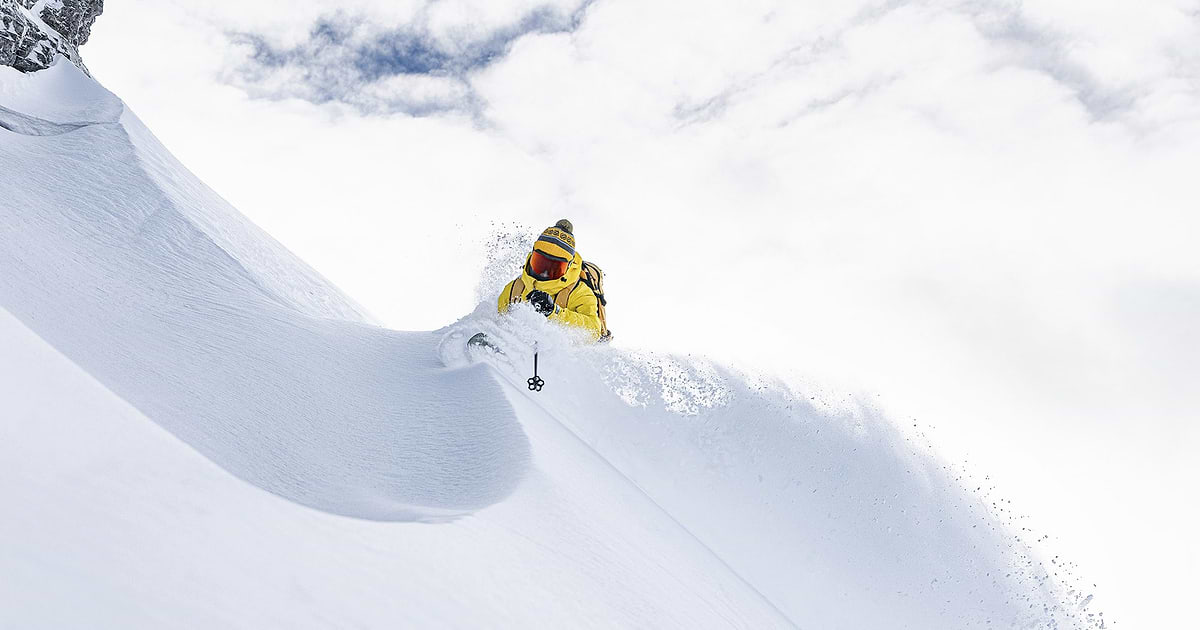I'm now convinced that every winter cycling jacket on the market today sucks.
I've been trying to find a new winter riding jacket for 2 seasons now. The process has been frustrating to say the least. I am finding few options that, based on description, look like they will work well, and even those that look like they might work turn out to have multiple flaws. Here is what it takes to make a good winter cycling jacket:
This whole process of trying to find a jacket that meets even 2 or 3 of the above criteria has been super frustrating. I'm now up to 3 jackets I have purchased and 2 others that I have managed to find in the store to try on, and so far, all of them suck.
I've been trying to find a new winter riding jacket for 2 seasons now. The process has been frustrating to say the least. I am finding few options that, based on description, look like they will work well, and even those that look like they might work turn out to have multiple flaws. Here is what it takes to make a good winter cycling jacket:
- Fabrics should provide a balance of windproofing and breathability. A winter cycling jacket should never be waterproof. "Waterproof/breathable" materials are rarely truly waterproof and are never breathable enough for active use. How much windproofing is needed will vary depending on the type of riding. For road riding, a jacket should tend towards resisting the wind better at the expense of breathability. For mountain biking / fat biking, breathability becomes increasingly important. For winter commuting, a jacket could fall anywhere on this spectrum depending on the distance and intensity at which the rider travels. Windproof materials are needed on the chest, shoulders, and front facing surfaces of the arms. Materials like Amfib or WindStopper that have poor visibility should only be used in this context, and not elsewhere on a winter riding jacket. A more breathable material should be used on the back, and possibly sides and/or the under/back side of the arms, depending on need for breathability. This breathable material should provide an equal amount of insulation as the forward facing windproof fabric, and have some wind resistance by means of a dense weave.
- Insulation. The insulation shouldn't be so substantial that it's hot in any winter riding conditions, but should be enough to reduce the need for roughly one thermal jersey's worth of layering underneath. Personally, I like a jacket that can be worn with only a thin base layer in temperatures in the 40's, but a case could be made for a jacket with even heavier insulation. This insulation should also be designed to draw moisture away from the body / base layer / mid-layer, and out to the shell where it can evaporate.
- Substantial venting options. Conditions can change significantly from ride to ride, and during the course of a ride. The amount of heat a rider is pumping out varies greatly as-well. Stopping to add/remove layers is a PIA and costs time. Any winter cycling jacket should have 'pit-zips' that run from the elbow down to belly-button level. This zipper should bet two-way, so the rider can choose exactly how-much venting they get and where the venting is. Two chest pockets, one on each-side, can provide more venting in addition to storage. A high and wide collar can both provide somewhere to tuck the lower half of one's face when it cold, but also allow good airflow when needed. Main zipper should also be two way. A wrist strap and larger volume sleeve can also allow the area to be cinched down to block air movement, or opened-up to allow air to flow through to the pit zips for cooling.
- Visible. Winter is dark. If your on, or even near roads, you need to be visible to driver. And in a worse-case scenario, your outerwear needs to stand-out to potential rescuers. It doesn't need to be solid neon-yellow nor need 310 square inches of reflective material. It can be visible and look good at the same time. But shouldn't be a solid, dark, earth tone.
- Good Fit. Fit can be tricky. A snug jacket will wick moisture away better and will present a smaller profile to the wind (not just important to fast roadies, it can also reduce how much cross winds push you around too). A looser fitting jacket will allow for better airflow and venting within the jacket and allow for a hydration pack and more layers underneath. Jacket designers will have to balance these factors based on the intended use of the jacket. A few things all winter jackets should have are sleeves that are long enough to be sure the wrists are never exposed, a tail that drops enough to cover the butt well and, as previously mentioned, a high and open collar. A hood would be nice, but not needed in all cases. If it does have a hood, the hood should fit over the helmet.
- Useful pockets. I think a winter coat needs at least 2 zipper pockets so that a phone and car keys can be stored separately. I think any winter jacket should have a central rear pocket where one can keep a water bottle warm for short rides, and a road jacket should have the full three pockets in the back to store food, additional layers, ect. Pockets in the front belly area as seen on more traditional jackets don't have much use, unless they can also provide more venting.
This whole process of trying to find a jacket that meets even 2 or 3 of the above criteria has been super frustrating. I'm now up to 3 jackets I have purchased and 2 others that I have managed to find in the store to try on, and so far, all of them suck.











